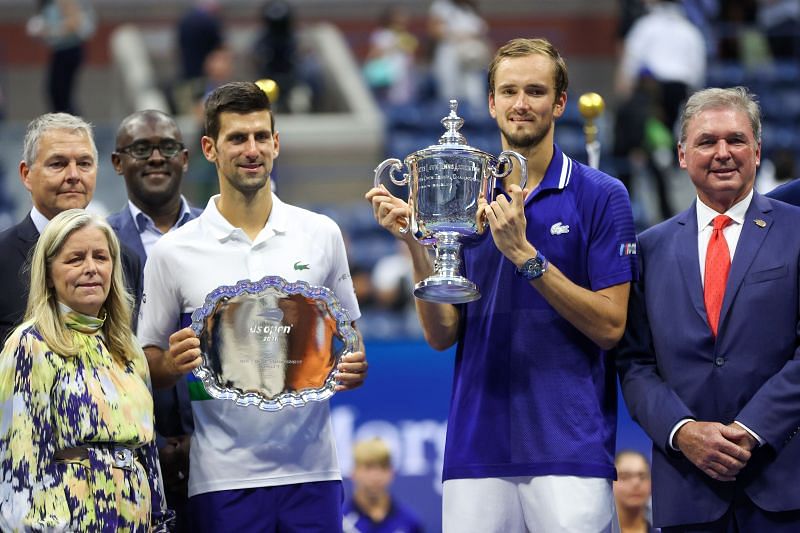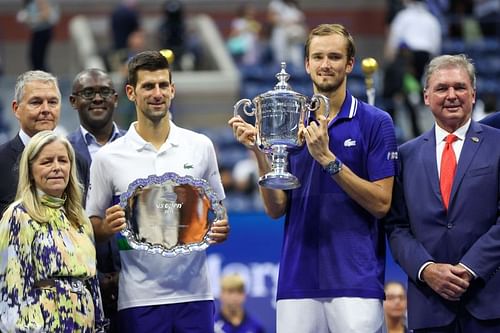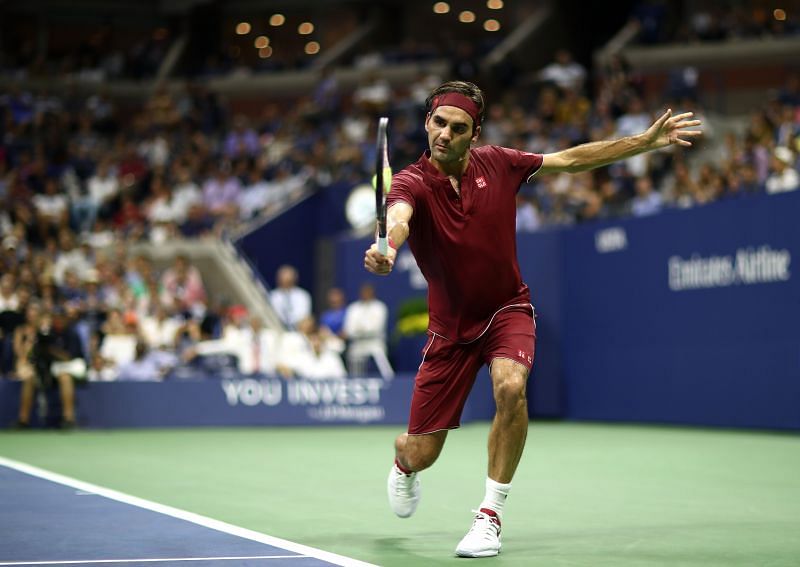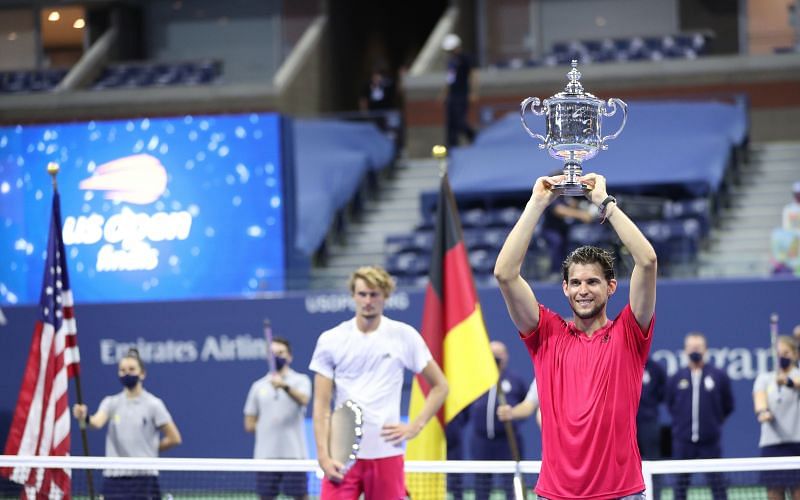
Why is it so difficult for players to win the US Open in back-to-back years?

Daniil Medvedev beat Novak Djokovic in the final of the 2021 US Open on Sunday, thus becoming the seventh different champion in New York over the last decade. Needless to say, last year's winner Dominic Thiem failed to defend his title; the Austrian pulled out of the 2021 edition due to injury.
The US Open is, on the basis of recent empirical evidence, the toughest Grand Slam to dominate and win consistently. In fact, no men's player in the last decade has managed to defend his title in New York.
The final Major of the year is played on hardcourt, which is relatively quick and allows big hitters to flourish while also neutralizing any significant differences among the top-rated players. That - combined with a couple of other factors - has made the US Open arguably the most unpredictable big tournament in recent times.
Unlike Roland Garros (dominated by Rafael Nadal), the Australian Open (dominated by Novak Djokovic) or Wimbledon (dominated by Roger Federer in the 2000s and by Djokovic in 2010s), no single player has been able to consistently dominate the US Open in the last decade.
Federer is the last player to reach six consecutive US Open finals (winning five of them), which he achieved from 2004 to 2009. Since then, we have seen eight different winners at the US Open.
Nadal (four titles out of five finals) and Djokovic (three titles out of seven finals) have been relatively consistent in the past decade. However, neither has been able to maintain that consistency into consecutive US Open titles.
So how did Federer manage to defend his New York crown four times in succession, and why is it proving so difficult right now?
Roger Federer's efficiency and fitness played a big role in his US Open streak

During the 2004-2008 period, Roger Federer was synonymous with dominance in the tennis world.
Admittedly, he was not the first player to dominate the sport; the likes of Pete Sampras, Andre Agassi, John McEnroe and Ivan Lendl had also been dominant earlier, winning multiple US Open titles. But there was a significant difference between their dominance and Federer's.
None of those four players could win the New York Major more than three times in a row (Lendl in 1985-87 and McEnroe in 1979-81). But Federer managed to do it in five consecutive years.
So what was it that did the trick for the Swiss? The answer lies in his efficiency.
During his years of dominance, Roger Federer had a tendency to keep his matches short and quick. Between 2004-08, Federer played only two five-set matches at the US Open - one against Agassi in the 2004 quarterfinals, and one against Igor Andreev in the 2008 fourth round.
None of Federer's finals went into the fifth set, and when it happened for the first time in 2009, the Swiss ended up losing to Juan Martin del Potro. The shortness of his matches helped Federer maintain his fitness throughout, never putting his body through more stress than it could handle.
In effect, Roger Federer made the Arthur Ashe Stadium a hardcourt extension of his glories at Wimbledon.
What it takes to win consecutive titles at the US Open

Any Grand Slam tournament demands exceptional mental and physical skills. But the US Open is perhaps more taxing in this regard, as it is the last big tournament on the calendar.
By the time the players reach New York, they are usually carrying several aches and pains from months of non-stop tennis. Most of them are already exhausted from the demanding three-quarter season that has gone by. That is also probably why not many players can come back from a deficit to win the US Open; Dominic Thiem in the 2020 final was an exception rather than the rule.
Winning seven matches in a row on a neutral surface against some of the best players in the world is an achievement in itself. But doing that in consecutive years takes a mental and physical effort that nobody has been able to produce in recent years.
Dominic Thiem won the title in 2020 and spent much of the next season injured. Rafael Nadal has rarely been able to play a full fall season after going deep in New York. And even Novak Djokovic looked burned out after his 2011 and 2015 wins.
It is difficult to produce the kind of dominance that peak Roger Federer showcased, which in turn is preventing players from giving their best year in and year out. Given recent evidence and the ever-increasing physicality of the tour, it may be a while before we see a player defending their US Open title again.